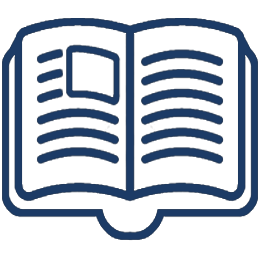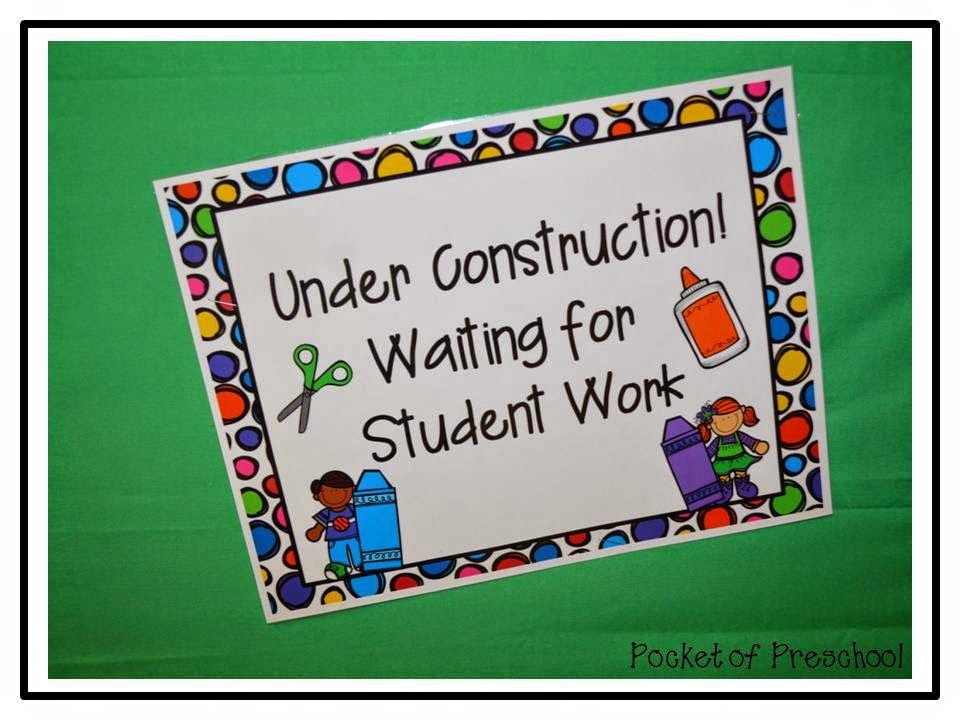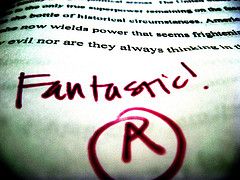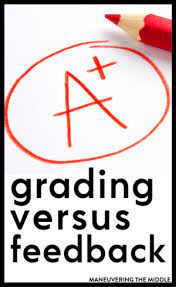Chapter 4 (Part 1): Why is feedback important?
Feedback has been known to be an important part of the learning process. Especially when coupled with deliberate practice, feedback can help students spend their time mastering aspects that they need to focus on most rather than practicing what they already know. Effective feedback works as a map to guide students by letting them know where they are now and what to work on in order to get to their goal. Without good feedback, students may carry misconceptions that they did not even realize they had while learning the material and walk aimlessly towards a goal without being sure how they can get there.
So...What constitutes effective feedback?
![]()
We are going to start class today with Reflection. I want you to choose one of the following articles. When reading, think about the following prompts.
1. What do you privilege when you provide feedback?
2. How does it connect to the content you are teaching?

- Feedback - Part of a System-Dylan Wiliam
- Know Thy Impact - John Hattie
- Feedback Frizzle - Susan Brookhart
- Secrets of Effective Feedback - Dylan Wiliam
![]()
For this blog. From your reading and reflections, write a short blog about your thoughts and what you privilege when you focus on providing feedback. We will use this as a conversation for our next steps in exploring feedback.
If interested talk about your thoughts on the differences between grades and feedback. Don't hold back!
Add your links to your name below:
Joselyne
Sierra
Libby
Christian
Adam
Misha
Chapter 4 (Part 2): Feedback and Analyzing Data: Reflection

My reflection on the work this week:
This week (and from here on out), we are deep into our Capstone work. Some of us have taught, some of us are getting ready to teach. However, we need to have our Task 4 (What do we know about what our students know) in mind no matter where we are.

Part 1 of the task 4 wants us to analyze data using different grain sizes. The higher grain size wants us to look at the data for the whole class. "Provide a visual representation (table or chart) of student learning for your whole class relative to the learning objectives measured by the assessment.". The smaller grain size wants us to Collect three work samples from the Target Assessment and explain in what ways does the work sample represent trends or patterns of learning for the whole class? We are talking about analyzing student work!

Part 2 wants us to explore student feedback. What does the feedback that you send to students look like and what do students do with that feedback.
I want us to think deeply about the differences between grading and feedback.
![]()
We are going to do a few things this week in the essence of our blog.
- Describe an assessment that you've recently given (Capstone or not). If you can add a screenshot of it, great!
- Show an example of student work and describe how you graded it. Think: What do you know about what they know?
- Talk about the feedback that you gave. Why did you give it? What was your goal? What was the student able to do with that feedback (if anything at all)?
- **If any of these you are not able to answer, respond with how you would like to, or something aspirational.
![]()
Link up your reflection here.
